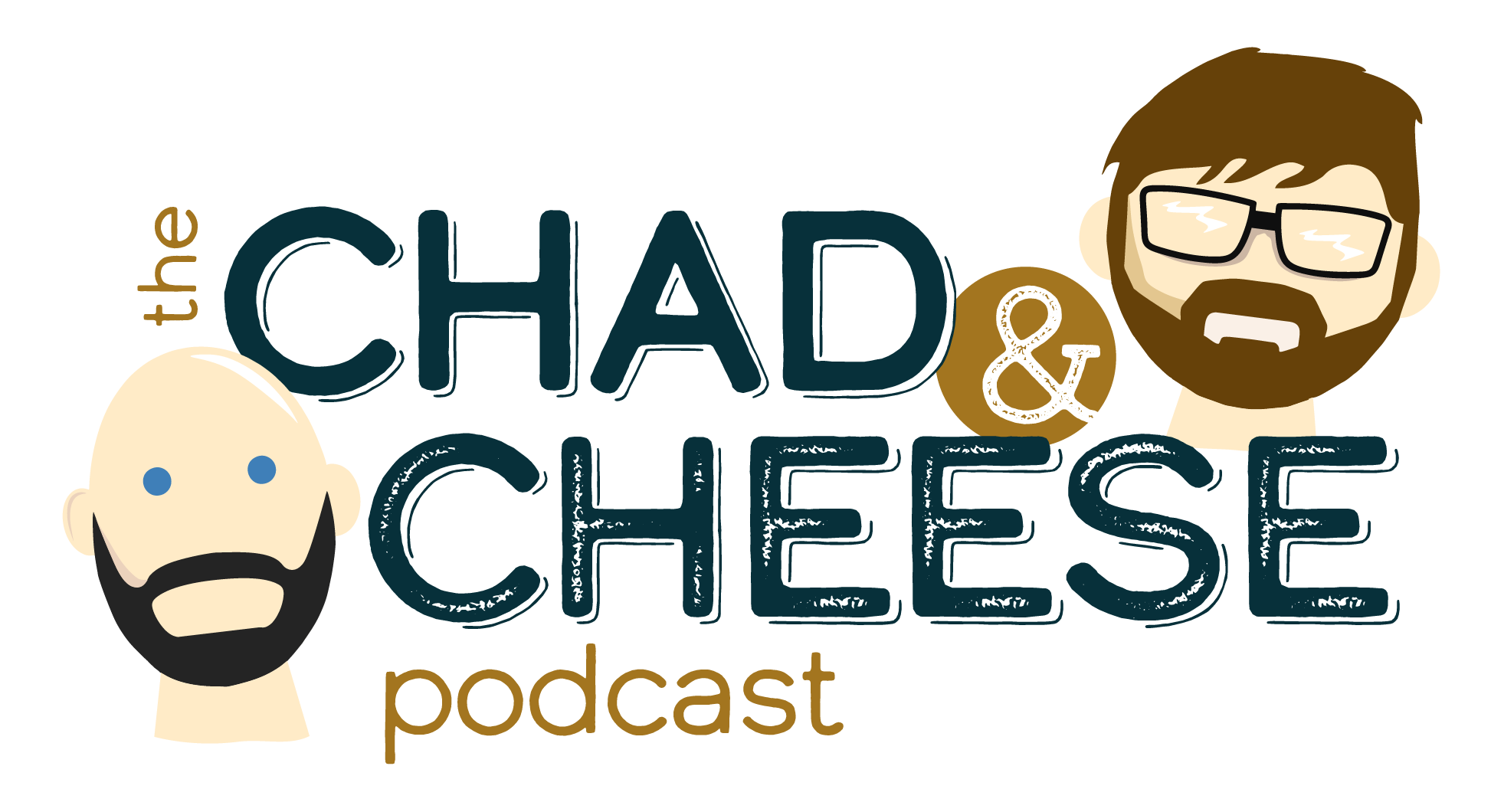How To Develop a Strategic Plan for Your NonProfit Organization
Image via Straico

You have a charitable organization that is brimming with enthusiasm overall. Amazing! However, have you ever wondered how to harness and direct all that energy toward accomplishing your long-term objectives? I think the implementation of a strategic strategy is necessary at this point. It acts as a global positioning system (GPS) for your nonprofit organization, directing you through the winding roads of the mission-driven environment.
The following paragraphs discuss the importance of developing a strategic plan for your organization, regardless of size.
You may believe that strategic planning is something that only the major players in the charity field do. That is not the case! Whether you are in charge of a tiny neighborhood organization or a major international non-governmental organization, having a strategic plan is essential. Imagine it as if you were constructing a house. Indeed, you would only begin with the blueprints, would you? You may say the same thing about your organization. A strategic plan guarantees everyone is on the same page and working towards the same ultimate goal. It assists you in effectively allocating resources, measuring progress, and making decisions based on accurate information.
Strategic Plan vs Operational Plan
The difference between a strategic and an operational plan needs to be clarified; therefore, let’s start by addressing this issue. One way to think about your strategic plan is as the overarching vision, the “what,” and the “why” of your undertaking. It is broad and long-term, focusing on goals and the organization’s direction.
An operational strategy, on the other hand, is responsible for the “how.” To put your strategic plan into action, you will need to carry out the necessary day-to-day operations and tasks. To put it another way, if your strategic plan is the road map, then your operational plan is the detailed instructions for how to get there.
The Most Important Steps in the Process of Creating a Strategic Plan
The process of developing a strategic plan may appear to be intimidating, but it does not have to be. Take a look at the following essential steps to help you navigate the process:
First, it is essential to collect feedback. This includes input from various stakeholders, including board members, staff members, volunteers, and patients. Their perspectives are significant.
The second step is a SWOT analysis, which involves analyzing your firm’s strengths, weaknesses, opportunities, and threats. Your current situation and the potential obstacles you may encounter are better understood.
Third, specify your goals and objectives for the future: It is essential to describe the mission of your organization and the direction you wish to take it. Please make sure that your purpose statement is concise while still being motivational.
Fourth, you should set your goals and objectives: Create a list of SMART goals that are specific, measurable, attainable, relevant, and time-bound. These must be in line with your mission and vision.
5. Plan your strategies: Identify the steps needed to accomplish your objectives. This category includes advocacy initiatives, program creation, and fundraising drives.
6. Develop a plan to implement the strategy: Specify the actions, the dates, and the responsibilities associated with each plan. Tasks should be assigned to team members, and deadlines should be established.
7. *Monitor and Evaluate*: Take the time to regularly assess your progress and make any necessary adjustments to your plan. Metrics and feedback should be utilized to measure progress and make adjustments.
The fundamental components that make up a strategic plan
Core components such as the following should be included in a comprehensive strategic plan:
The executive summary concisely reviews your comprehensive plan, including your objective, vision, and primary goals.
A mission statement is a precise and concise statement that outlines your organization’s objectives. It is also your organization’s vision statement” ref” rs to an aspirant,” an explanation of the goals your business expects to accomplish in the subsequent years.
Values are the guiding ideas and values that form the basis of your organization’s work.
organization’s internal and exterior surroundings are what is meant by the term “SWOT Analysis.”
When discussing goals and objectives, we mean specific, quantifiable targets that align with your mission and vision.
The actions and efforts you will take to accomplish your objectives are called strategies and tactics.
The “Implementation Plan” “includes specific actions, deadlines, and the names of individuals responsible for implementing your strategies.
Methods for monitoring progress and determining one’s level of success are included in the “Monitoring and Evaluation Plan.”
By this point, you should clearly understand why a strategic plan is necessary and how to begin constructing one. Please proceed to the following phase: putting this information into practice. It is essential to keep in mind that working on a strategic plan is not a one-time affair. Because it is a continuing process, regular reviews and adjustments are necessary.
Establishing a planning team of individuals from different departments within your firm would be best. Take as a guide the actions and components outlined above. Make sure your goal and vision are always front and center, and be bold in adjusting your strategy when the conditions around you change.
In conclusion, a strategic plan is a powerful instrument that has the potential to assist your firm in maintaining its focus, properly allocating resources, and achieving success over the long run. It not only assures that everyone is working towards the same aim, but it also gives a road plan for your journey.
Subscribe to our newsletter and Explore insightful conversations on workplace culture, Burnout, and leadership at the Breakfast Leadership Network, ranked Top 20 globally. Join us to thrive in the modern work environment.
Please stay connected with us! For more insights and valuable content, don’t forget to check out the following resources:
– **Breakfast Leadership Show Podcast**: Tune in to our podcast and get inspired by leadership lessons and success stories from top industry leaders.
– **Breakfast Leadership YouTube Channel**: Subscribe to our YouTube channel for video content on leadership, Personal Development, and more.
– **Hire Michael D. Levitt to Speak**: Looking for a dynamic speaker for your next event? Hire Michael D. Levitt, the founder of Breakfast Leadership, to share his expertise and insights.
Follow us on LinkedIn for the latest updates. Remember to share this article with your network!
Originally Published on https://www.breakfastleadership.com/
























